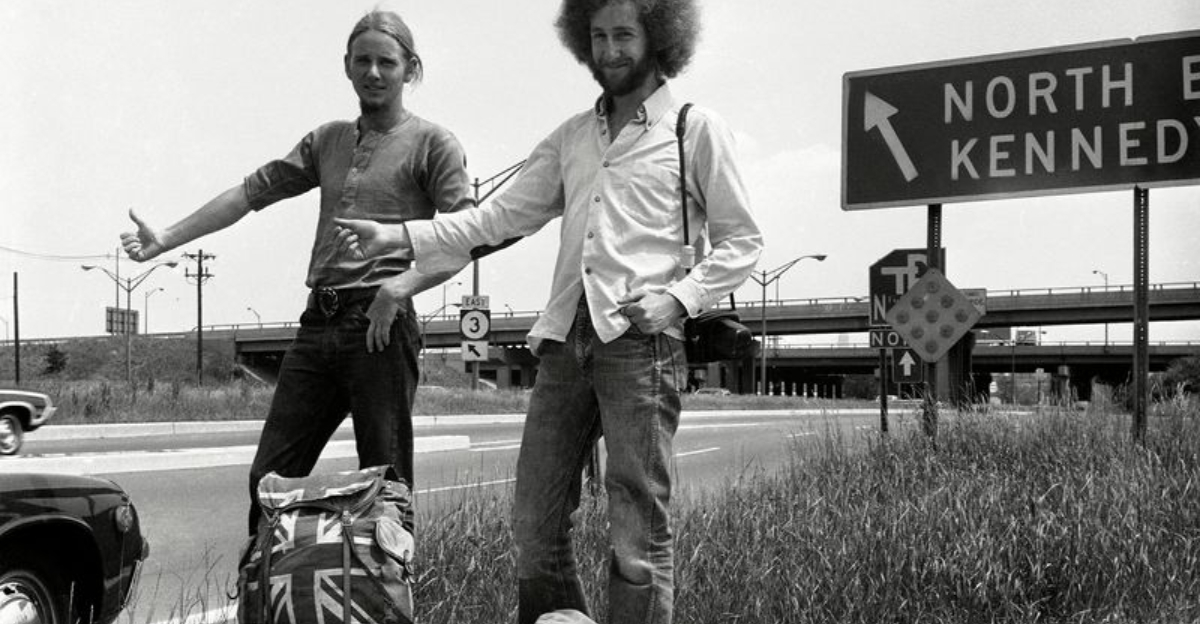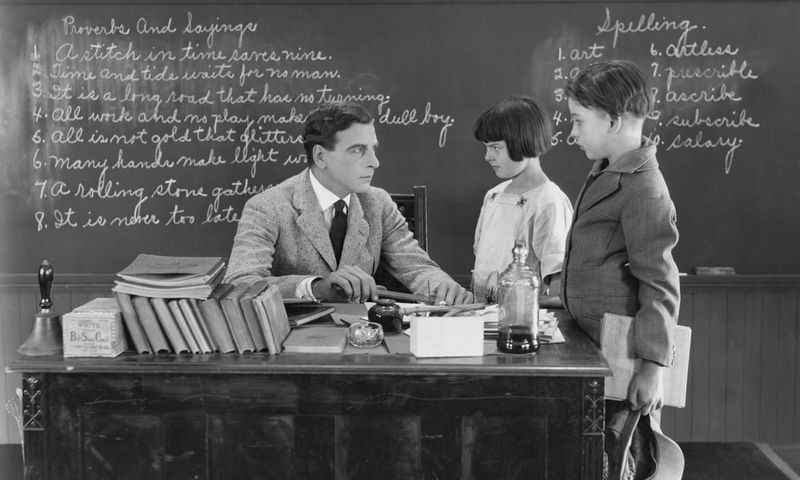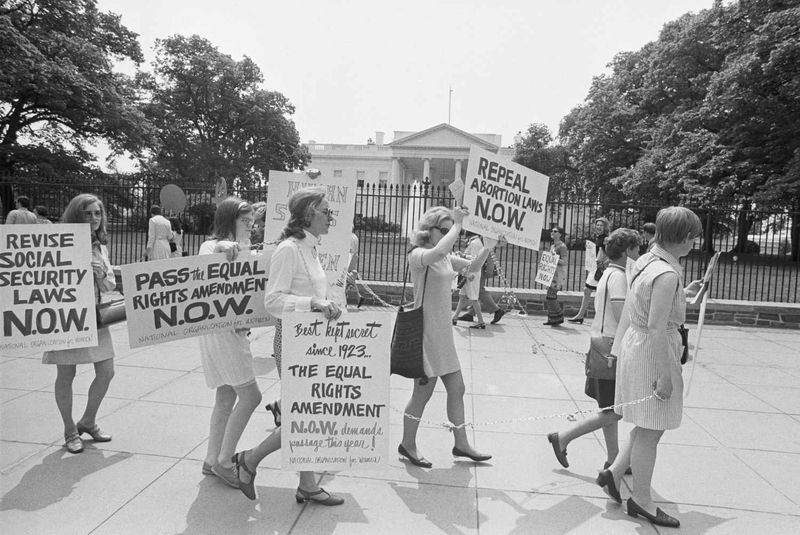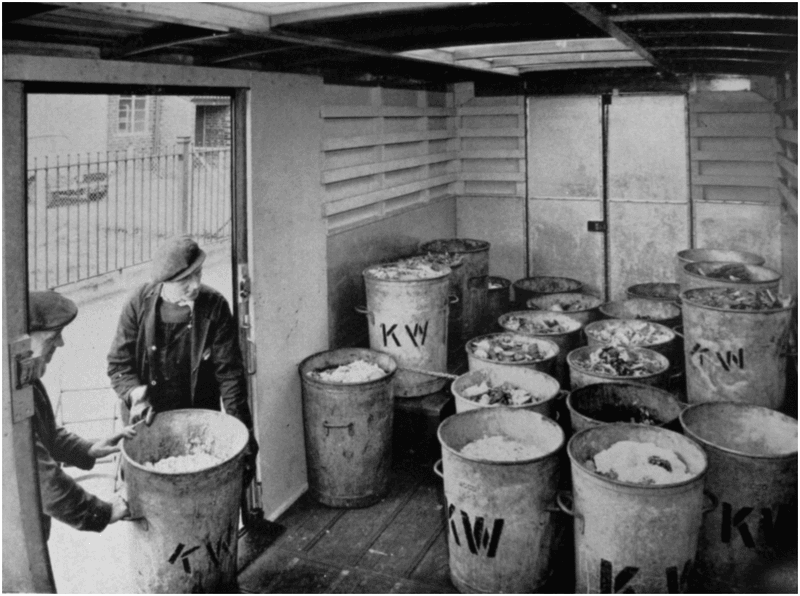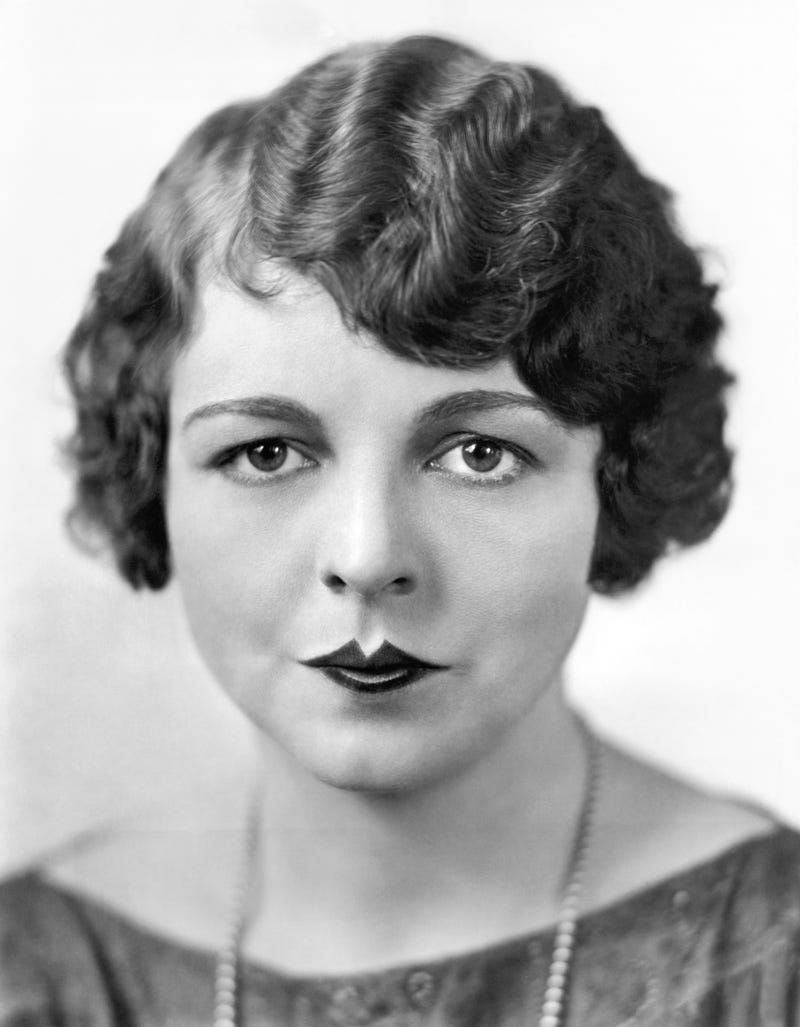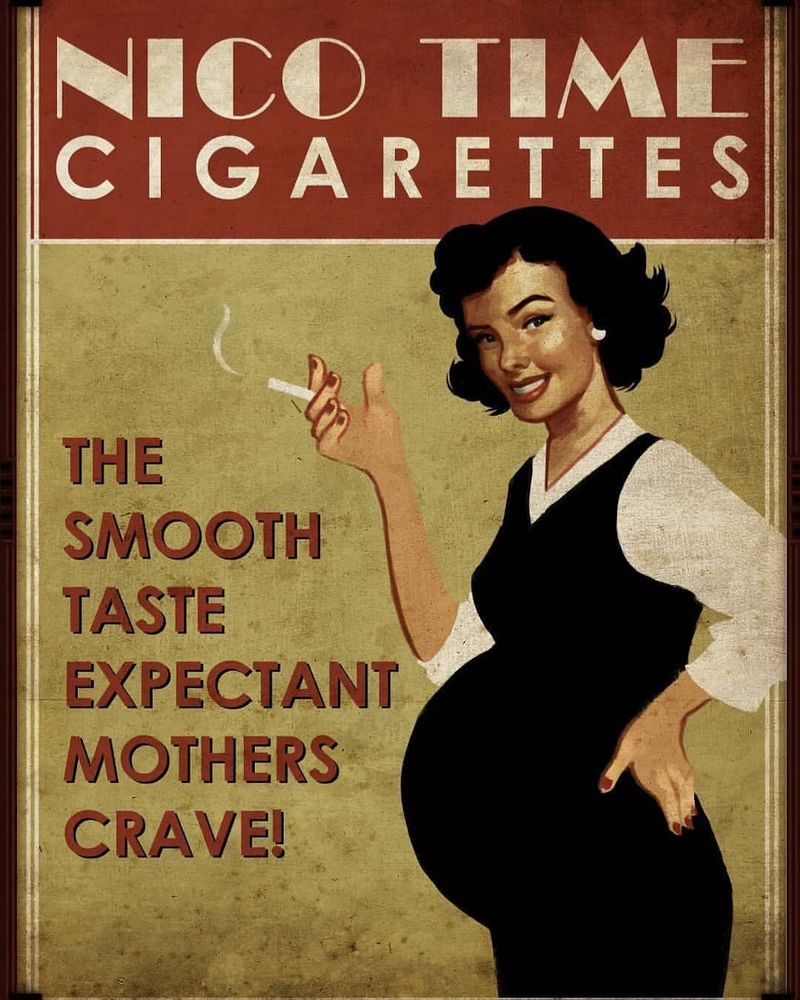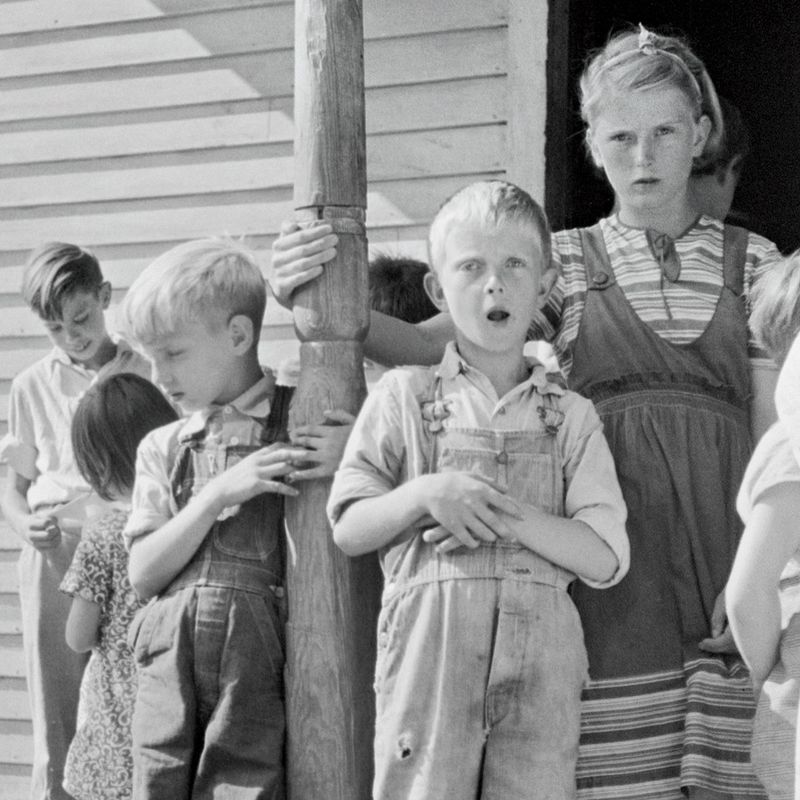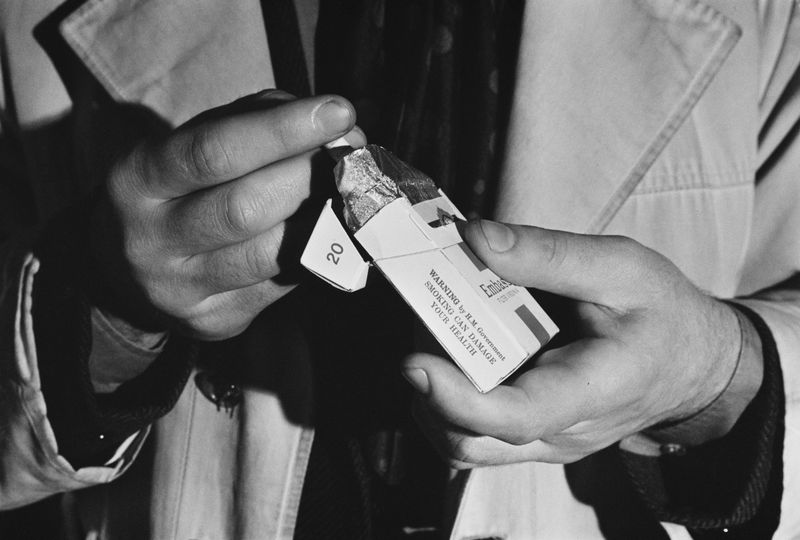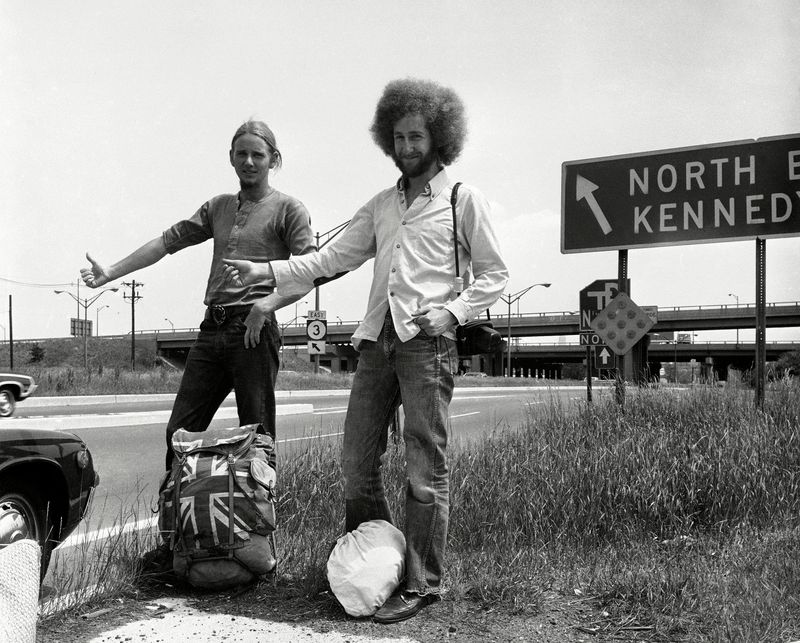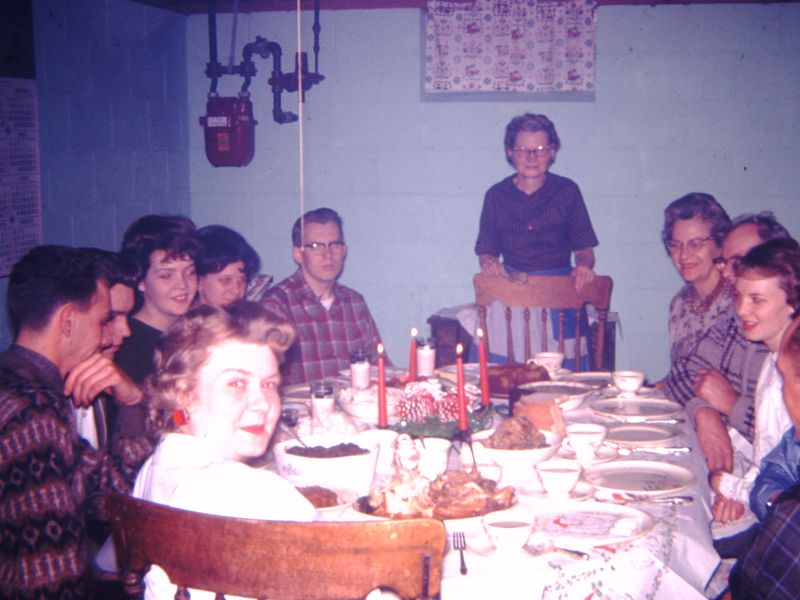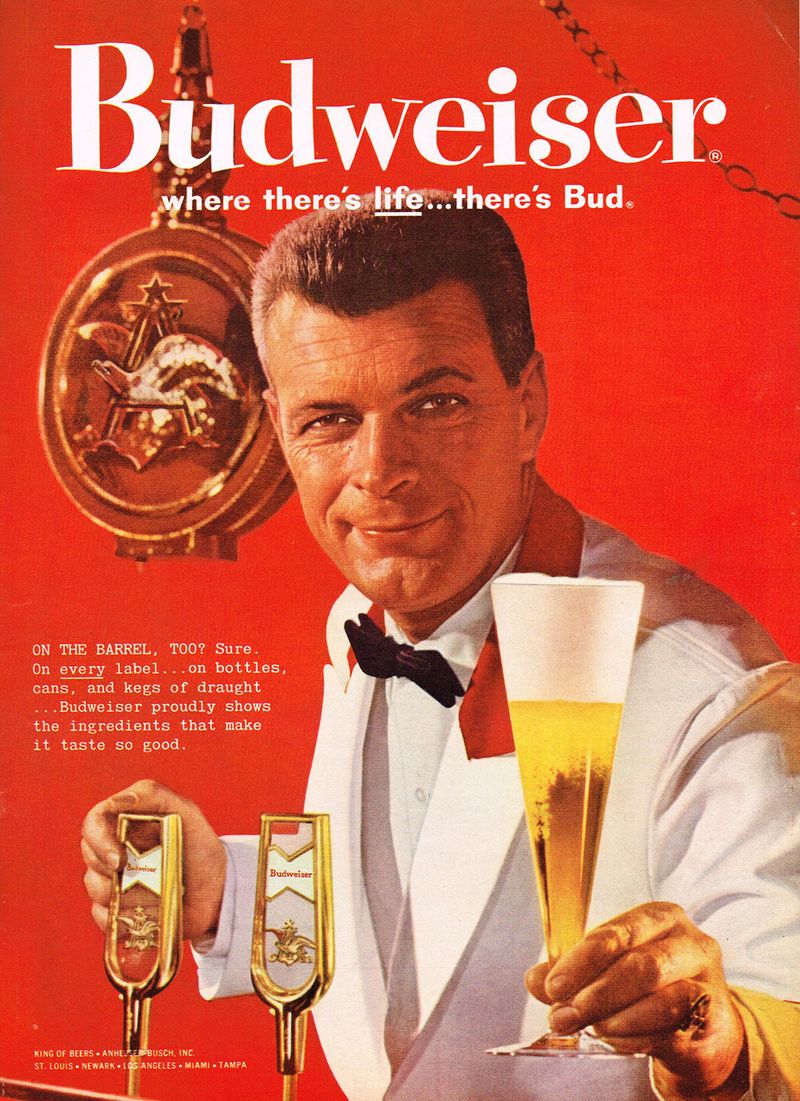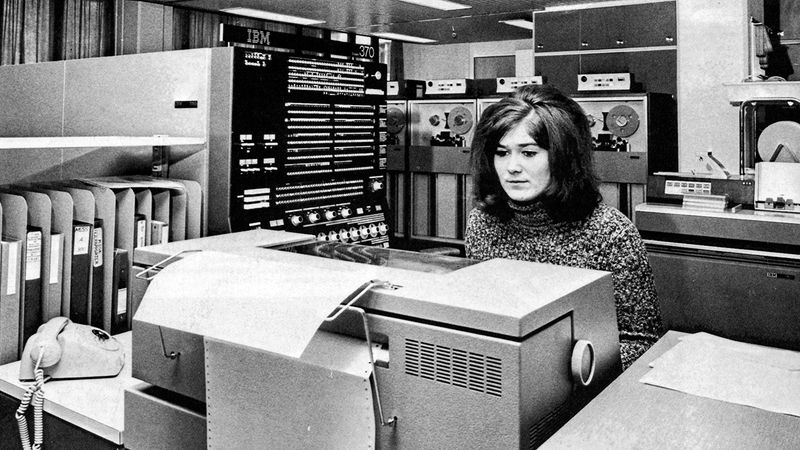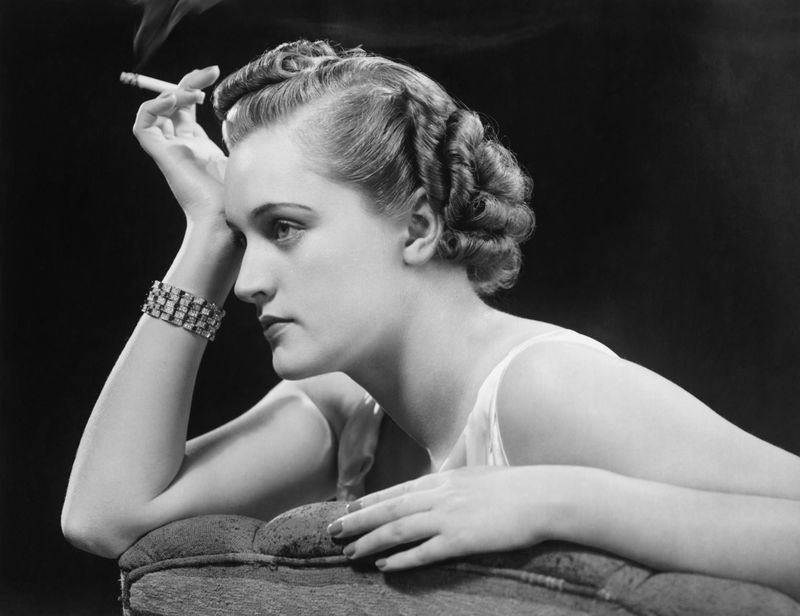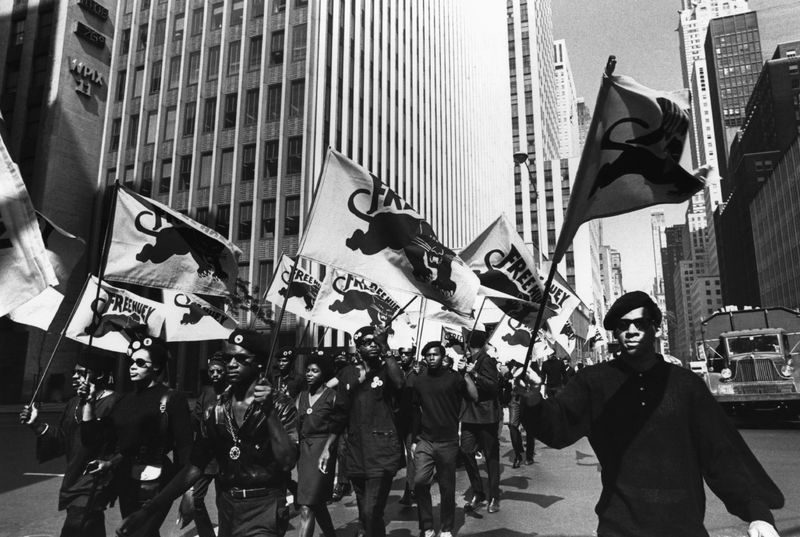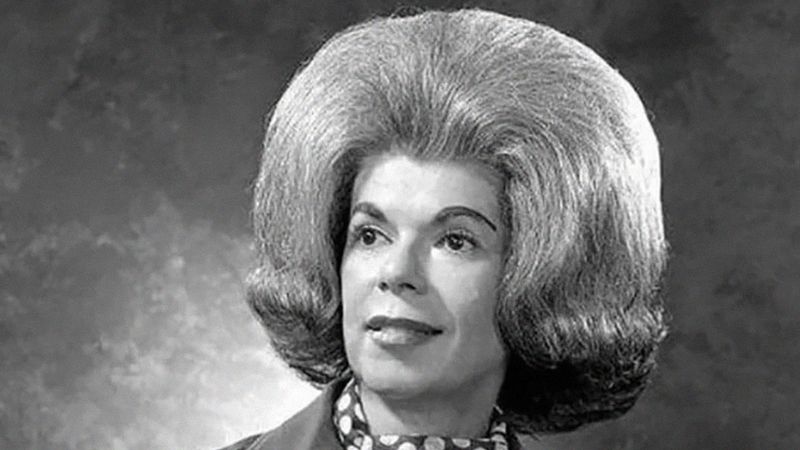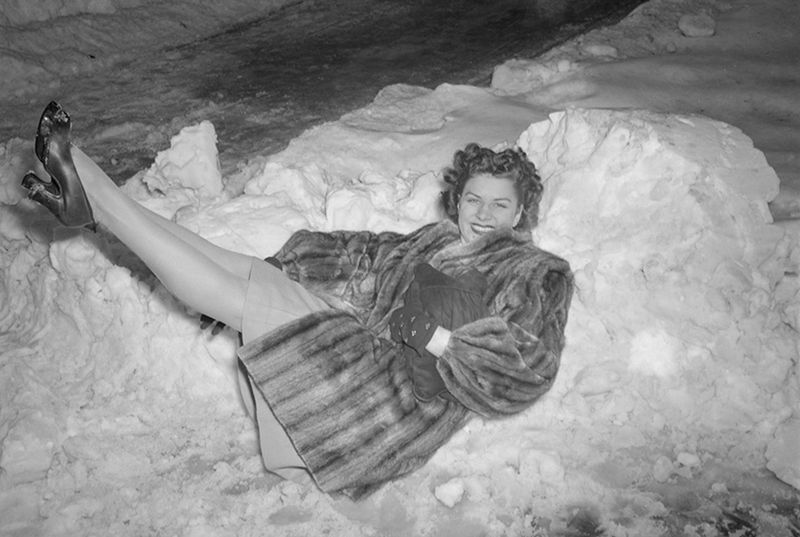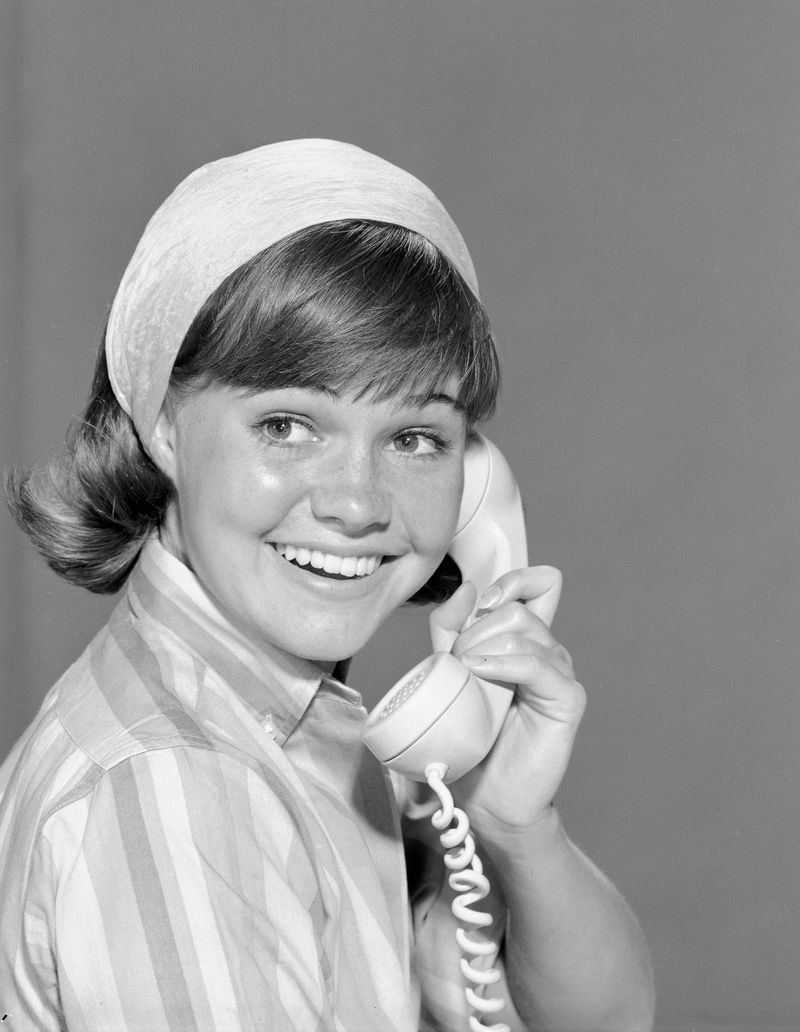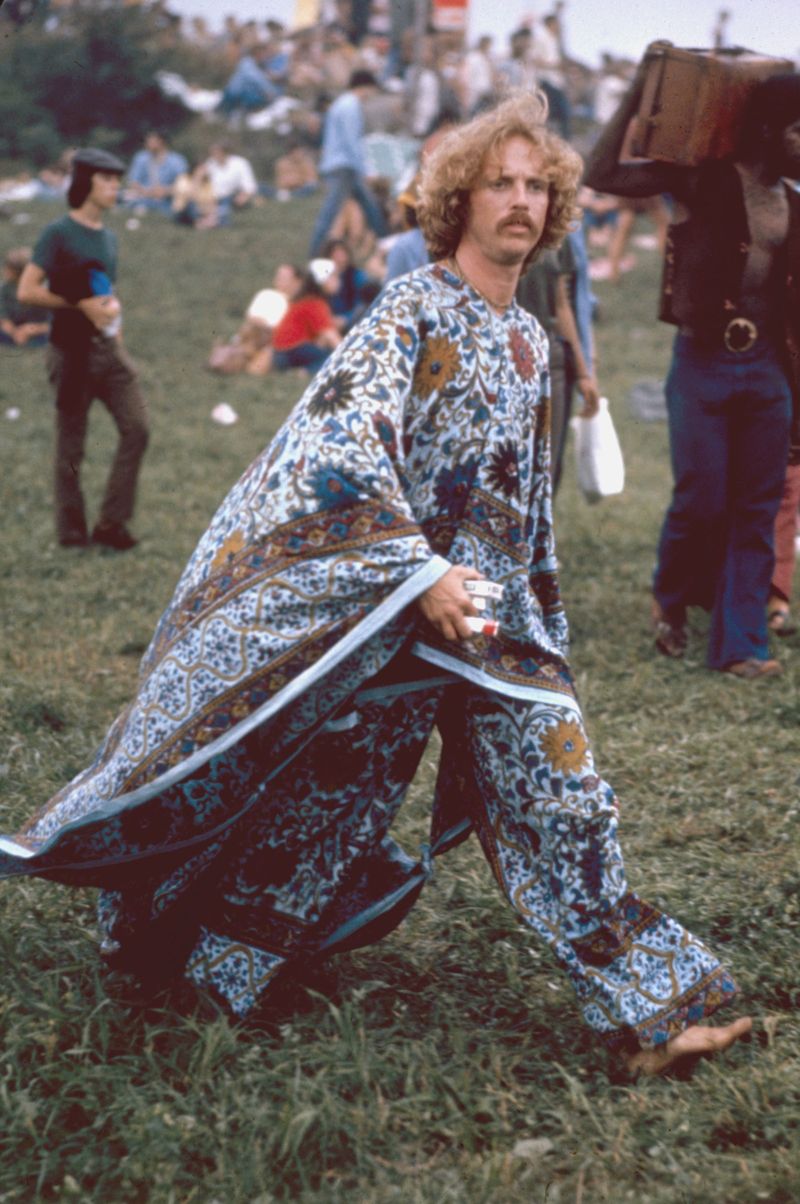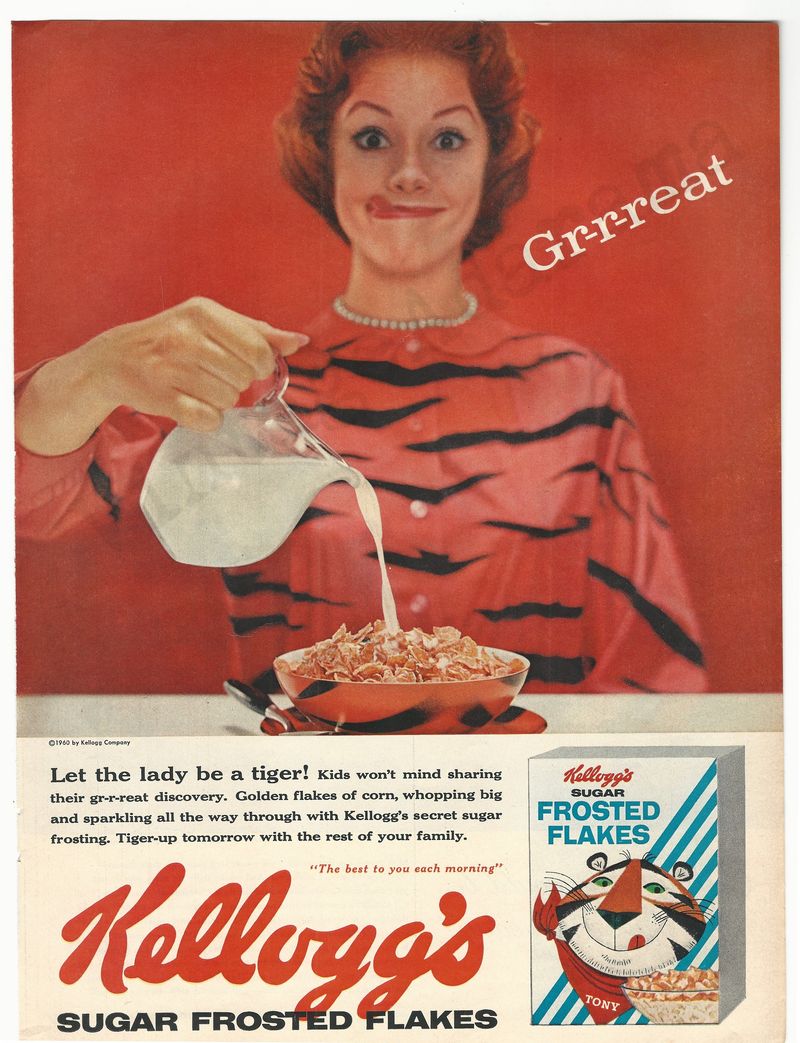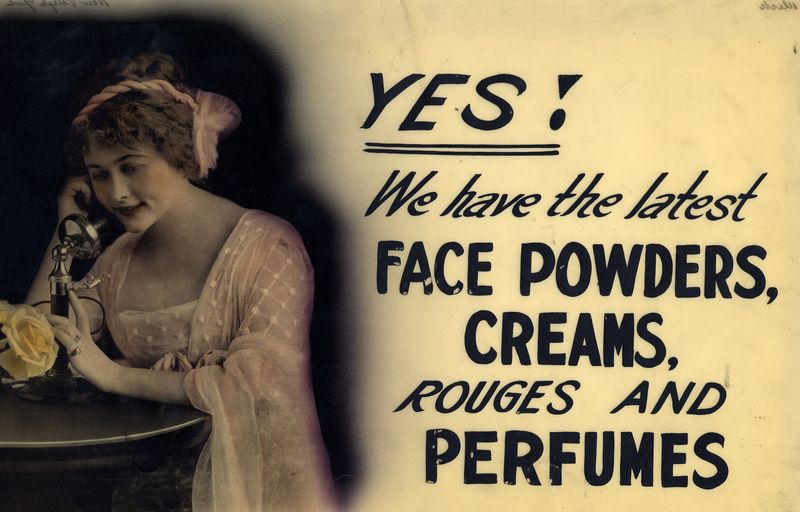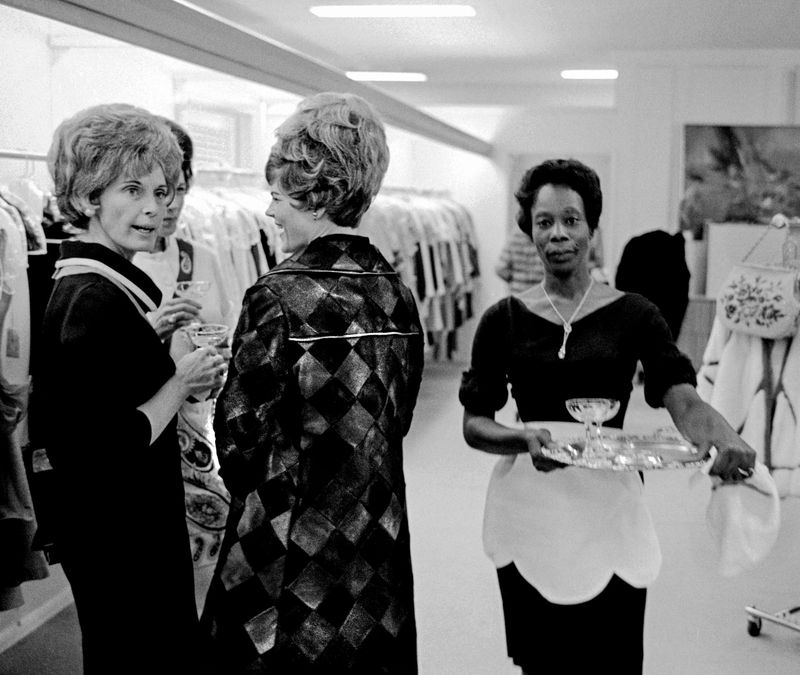The 1960s was a decade of transformation, encapsulating cultural revolutions and social changes. However, some norms and practices from that era, once deemed acceptable, now appear questionable in modern society.
Let’s explore 31 of these aspects, highlighting how societal perspectives have evolved.
1. Smoking in Public Places
In the 1960s, smoking in public places was not only common but considered a social norm. Whether in restaurants, airplanes, or office buildings, it was rare to find a place where lighting up a cigarette was prohibited.
Today, with a better understanding of the health risks associated with smoking and secondhand smoke, regulations have changed drastically. Public smoking bans are now widespread, emphasizing the importance of a smoke-free environment.
This shift reflects society’s growing commitment to health and well-being, prioritizing clean air and the reduction of tobacco-related diseases.
2. Gender-Specific Job Advertisements
Back in the 1960s, it was typical to see job advertisements specifying gender, with clear distinctions between roles for men and women. This often left women relegated to certain professions, like secretarial and nursing positions.
Nowadays, such gender-specific job listings are considered discriminatory and are largely prohibited in many countries. The focus has shifted towards equality, advocating for equal opportunities regardless of gender.
This change underscores the progress made towards workplace equality, encouraging a more diverse and inclusive environment across all fields and industries.
3. Lead-Based Paints
Lead-based paints were widely used in the 1960s, valued for their durability and vibrant colors. They were prevalent in homes, schools, and toys, despite the health risks.
Today, the dangers of lead poisoning are well-documented, leading to strict regulations and bans on lead paint in many countries. Awareness campaigns and safety standards have been implemented to protect children and families.
This evolution in understanding and regulation highlights the importance of safety and health in residential environments, driving efforts to eliminate hazardous materials from everyday life.
4. Casual Littering
Littering was a common sight in the 1960s, with less emphasis on environmental responsibility. Public spaces often bore the brunt of casual disregard for waste disposal.
Today, environmental awareness has taken center stage, with campaigns promoting cleanliness and sustainability. Fines and regulations now discourage littering, fostering a sense of responsibility towards public spaces.
This shift illustrates the growing acknowledgment of environmental issues, driving collective action to preserve and protect natural habitats for future generations.
5. Corporal Punishment in Schools
In the 1960s, corporal punishment was an accepted disciplinary method in many schools, with teachers using physical force to maintain order and discipline.
Today, such practices are largely banned, with a focus on positive reinforcement and other non-physical disciplinary measures. Modern education advocates for nurturing environments that promote respect and understanding.
This evolution reflects a broader societal movement towards promoting children’s rights, fostering educational settings that prioritize psychological well-being and positive behavior support.
6. Hardcore Gender Roles
Strict gender roles were deeply ingrained in the 1960s, with clear expectations for men and women, both in the household and workplace.
Today, these roles have loosened considerably, with increasing acceptance of varied family dynamics and career choices. Gender equality and flexibility in roles are more emphasized.
This transformation underscores the progress towards dismantling stereotypes, encouraging individuals to pursue their paths without societal constraints based on gender.
7. Dinosaur-Sized Cars
1960s cars were celebrated for their size and style, marked by sprawling designs and ample chrome accents. They symbolized prosperity and personal freedom.
Today, there is a growing preference for compact, fuel-efficient vehicles that are environmentally friendly. The automotive industry now focuses on sustainability and technological advancements.
This shift highlights a growing awareness of energy conservation and environmental responsibility, reflecting changing consumer priorities towards more sustainable transportation options.
8. Lack of Recycling Programs
Recycling was virtually nonexistent in the 1960s, with most waste ending up in landfills. Awareness about recycling benefits was minimal, and environmental impact considerations were rare.
Today, recycling programs are widespread, integral to reducing waste and conserving resources. Public education campaigns promote recycling as a crucial aspect of environmental stewardship.
This evolution in waste management practices reflects society’s growing commitment to sustainability, highlighting the importance of resource conservation for future generations.
9. Silent Mental Health Stigma
Mental health was a taboo subject in the 1960s, with stigma preventing open discussions and access to care. People suffering often faced misunderstanding and neglect.
Today, there’s a growing movement towards mental health awareness, with campaigns encouraging open dialogue and support. Access to mental health services is improving, reducing stigma.
This shift symbolizes a broader acceptance of mental health as a critical component of overall well-being, promoting understanding and empathy.
10. Dated Beauty Standards
Beauty standards in the 1960s were narrow and often unattainable, with a strong emphasis on thinness and Eurocentric features. This impacted self-image and diversity in beauty representation.
Today, there’s a push towards inclusivity and diverse representation in fashion and media. Beauty is increasingly seen as multifaceted and unique, celebrating all forms.
This transformation reflects a significant cultural shift towards accepting and embracing various definitions of beauty, promoting self-esteem and confidence across different backgrounds.
11. Unfiltered Advertising
Advertising in the 1960s was often unregulated, with bold claims and little regard for health impacts. Cigarette ads, for instance, focused on glamour rather than risks.
Today, advertising is subject to stricter regulations, ensuring transparency and preventing misleading information. Health warnings and ethical standards are prioritized.
This evolution in advertising practices highlights the importance of consumer protection and informed decision-making, encouraging responsible messaging in the industry.
12. Raucous Political Rallies
Political rallies in the 1960s were often intense and chaotic, characterized by loud slogans and fervent crowds. This contributed to a charged political atmosphere.
Today, while lively political gatherings still occur, there is a focus on balanced discourse and controlled environments. Protest zones and security measures are common.
This change reflects efforts to maintain civility and safety in political expressions, fostering a more constructive and respectful political climate.
13. Distant Parenting Style
Parenting in the 1960s often embraced a more hands-off approach, with children expected to entertain themselves and learn independence early.
Today, parenting styles tend to be more involved, focusing on nurturing and guidance. Emphasis on emotional development and communication has grown.
This shift underscores a broader understanding of child development, promoting supportive and interactive parenting practices that prioritize children’s emotional well-being.
14. Workplace Smoking Rooms
In the 1960s, workplace smoking rooms were commonplace, providing spaces for employees to smoke during breaks. This was part of the office culture.
Today, smoking in offices is largely prohibited due to health concerns, and designated smoking areas are typically outside.
This change illustrates the growing emphasis on employee health, creating smoke-free indoor environments and promoting wellness in the workplace.
15. Nonchalant Sun Exposure
Sunbathing was a popular pastime in the 1960s, often without the use of sunscreen. Tanned skin was desirable, despite risks of UV exposure.
Today, awareness of skin cancer and UV damage has led to increased use of sunscreen and protective clothing. Sun safety campaigns are prevalent.
This shift highlights the importance of protecting skin health, encouraging sun-smart behaviors to prevent long-term damage and skin diseases.
16. Patronizing Women in Ads
Advertisements in the 1960s often portrayed women in patronizing roles, usually focused on domesticity and beauty. This reinforced limiting stereotypes.
Today, there is an effort to represent women more equitably in advertising, showcasing diverse roles and capabilities. Gender-neutral and empowering messages are increasingly common.
This change reflects a commitment to breaking down stereotypes, promoting gender equality and respectful representation in media.
17. Single-Screen Movie Theaters
In the 1960s, single-screen movie theaters dominated the cinema experience, offering limited film options but a communal atmosphere.
Today, multiplex theaters provide a variety of films simultaneously, catering to diverse tastes and preferences.
This transition highlights technological advancements and consumer demand for choice and accessibility in entertainment, shaping modern cinema experiences.
18. Hitchhiking Adventures
Hitchhiking was a common mode of travel in the 1960s, representing adventure and freedom for many young people.
Today, safety concerns and alternative travel options have made hitchhiking less popular, with organized travel and ride-sharing services prevailing.
This change reflects a shift towards prioritizing safety and convenience, with the travel industry adapting to modern needs and concerns.
19. TV Dinners as Luxuries
In the 1960s, TV dinners were a novelty, symbolizing convenience and modern living. Families often enjoyed them while watching television together.
Today, while convenience foods remain popular, there is greater awareness of nutrition and health, leading to more balanced meal options.
This evolution reflects changing dietary habits and health consciousness, with a focus on balancing convenience with nutritional value in meal choices.
20. Unrestricted Advertisement of Alcohol
In the 1960s, alcohol advertisement was largely unrestricted, often glamorizing drinking without highlighting potential risks.
Today, regulations require responsible advertising, including health warnings and discouraging underage drinking.
This change underscores the importance of balanced messaging and public health considerations, promoting responsible consumption and awareness of alcohol-related issues.
21. Non-Digital Banking
Banking in the 1960s was a hands-on experience, with customers visiting branches for all transactions. The concept of digital banking was non-existent.
Today, digital banking services provide convenience and accessibility, allowing people to manage finances remotely.
This transition reflects technological advancements and consumer preferences for convenience, shaping the modern financial landscape with digital innovations.
22. Diet Pills as Quick Fix
Diet pills were often marketed as quick weight-loss solutions in the 1960s, with little regulation and awareness of potential side effects.
Today, there is greater scrutiny over diet supplements, with an emphasis on safe and sustainable health practices.
This change highlights the importance of health and safety in weight management, encouraging informed choices and holistic approaches to wellness.
23. Casual Racial Stereotyping
Casual racial stereotyping in media and everyday life was not uncommon in the 1960s, reflecting broader societal biases.
Today, there is a significant movement towards cultural sensitivity and representation, with efforts to dismantle stereotypes in media and society.
This transformation underscores the progress towards inclusivity and equality, promoting respect and understanding across diverse cultures and communities.
24. Elaborate Hairstyles
Elaborate hairstyles like beehives and bouffants were fashion statements in the 1960s, requiring time and effort to maintain.
Today, hair trends favor versatility and simplicity, with an emphasis on natural looks and easy maintenance.
This change reflects evolving fashion sensibilities, prioritizing practicality and individual expression in hair styling choices.
25. Prevalence of Fur Coats
Fur coats were symbols of luxury and status in the 1960s, widely accepted and desired in fashion circles.
Today, ethical concerns over animal rights have led to a decline in fur’s popularity, with synthetic alternatives gaining favor.
This shift highlights the growing ethical consciousness in fashion, promoting cruelty-free and sustainable choices.
26. Minimal Fitness Awareness
Fitness awareness was not as prevalent in the 1960s, with exercise often seen as optional rather than essential.
Today, fitness culture is widespread, emphasizing health and wellness as integral to daily life.
This evolution underscores the importance of physical activity for overall well-being, promoting active lifestyles and health consciousness.
27. Pre-Stereotype TV Programming
Television programming in the 1960s often relied on stereotypes for humor and storytelling, reflecting societal norms of the time.
Today, there is a push for diverse representation and complex characters, moving away from outdated tropes.
This change emphasizes the importance of inclusive storytelling, fostering understanding and representation in media.
28. Cultural Appropriation in Fashion
Fashion in the 1960s often appropriated cultural symbols without understanding or respect, using them as mere trends.
Today, there’s a greater emphasis on cultural appreciation, promoting respect and understanding in fashion practices.
This shift highlights the growing awareness of diversity and respect for cultural identities, encouraging thoughtful and respectful fashion choices.
29. Sugar-Laden Breakfasts
Breakfasts in the 1960s often featured sugary cereals and pastries, with little awareness of nutritional content or dietary balance.
Today, there is a focus on balanced, nutritious breakfasts, with an emphasis on whole foods and dietary awareness.
This evolution reflects changing dietary priorities, promoting health-conscious choices and balanced nutrition from the start of the day.
30. Unregulated Cosmetic Industry
The cosmetic industry in the 1960s was less regulated, with little transparency or safety standards for ingredients used in products.
Today, regulations ensure product safety and transparency, with ingredient labeling and consumer protection as priorities.
This change underscores the importance of safety and informed consumer choices, promoting trust and accountability in the beauty industry.
31. Unquestioned Corporate Practices
Corporate practices in the 1960s often prioritized profit without consideration for sustainability or ethical concerns.
Today, there is increasing scrutiny over corporate responsibility, with a focus on sustainable and ethical practices.
This transformation reflects the growing demand for accountability and transparency in business, promoting responsible and sustainable corporate behavior.
